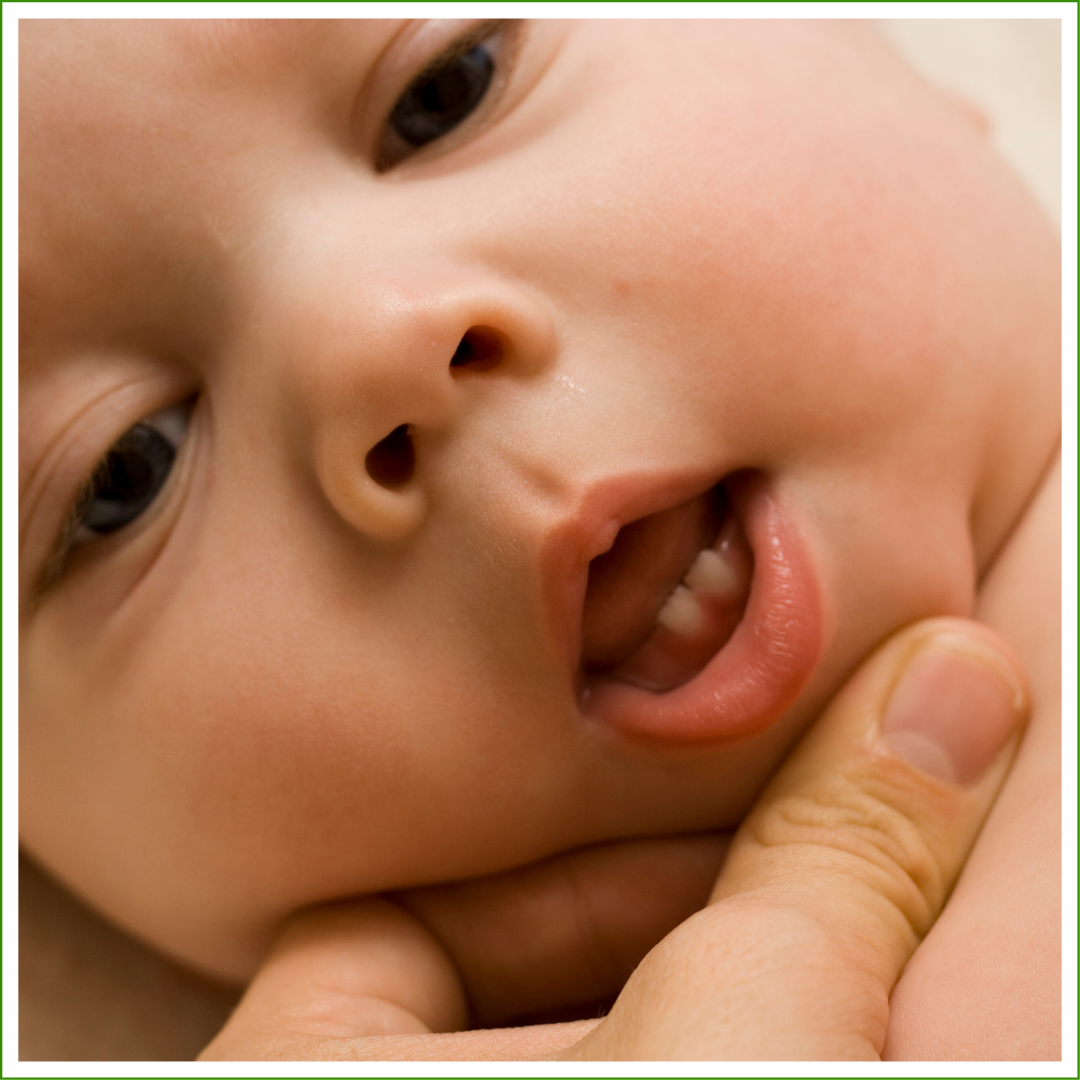Teething in Babies: Symptoms, Timeline & Soothing Tips Every Parent Should Know
Ah, the joys of early childhood! Among the many milestones, the arrival of those tiny pearly whites, or teething, is significant for both baby and parent. While it's an entirely natural process, it can sometimes cause fussiness. Let's dive into the world of teething, separating fact from fiction and offering helpful tips.
When Do Those Tiny Teeth Make Their Grand Entrance?
Every baby is unique, but there are some general timelines for when teeth typically start to appear. According to the American Academy of Pediatrics (AAP), the first tooth erupts around 6 months. However, it's normal for this to happen a bit earlier or later. Here's a rough guide to the average ages for different teeth to come in [1]:
Central incisors (the middle ones on the bottom): 6-10 months
Central incisors (the middle ones on the top): 8-12 months
Lateral incisors (next to the middle ones on the top): 9-13 months
Lateral incisors (next to the middle ones on the bottom): 10-16 months
First molars (in the back on the top): 13-19 months
First molars (in the back on the bottom): 14-18 months
Canines (the pointy ones on the top): 16-22 months
Canines (the pointy ones on the bottom): 17-23 months
Second molars (the very back ones on the bottom): 23-31 months
Second molars (the very back ones on the top): 25-33 months
Keep in mind that this is just an average. Some babies might get their first tooth as early as 3 months, while others might not see one until after their first birthday. The order in which teeth appear can also vary slightly.
Decoding the Teething Symptoms
Teething can sometimes come with various symptoms, although the severity varies greatly from child to child. Some babies breeze through it with barely a whimper, while others experience more noticeable discomfort. Common signs of teething can include [2]:
Increased drooling: This can sometimes lead to a rash around the mouth.
Irritability or fussiness: Your little one might seem more cranky than usual.
Chewing on everything: The pressure can help relieve discomfort.
Swollen or tender gums: You might notice redness or swelling in the area where a tooth is about to erupt.
Slightly elevated temperature: While a true fever (above 100.4°F or 38°C) is usually not a symptom of teething, a very mild increase in temperature is sometimes reported.
It's important to note that symptoms like high fever, vomiting, or diarrhea are not typical teething signs and should be checked out by your pediatrician.
The Big Breakthrough: How Long Does It Take?
The actual breaking through of a tooth can take anywhere from a few days to a week or two. You might notice the gum looking red or swollen before seeing that little white tip emerge. The discomfort is usually most intense in the days leading up to the tooth breaking through the surface.
Soothing Your Little One's Teething Discomfort
Seeing your baby uncomfortable can be tough, but there are several safe and effective ways to help ease their teething pain [3]:
Offer something safe to chew on: Teething rings (chilled, not frozen), clean washcloths dampened and cooled, or even hard vegetables like a peeled carrot (under close supervision) can provide counterpressure and relief.
Gently rub their gums: Use a clean finger or a soft, damp cloth to massage their gums gently. The pressure can be soothing.
Keep them dry: Wipe away excess drool frequently to prevent skin irritation. If needed, you can also use a barrier cream like petroleum jelly.
Consider over-the-counter pain relievers (if appropriate): Your pediatrician might recommend infant acetaminophen or ibuprofen for more significant discomfort. Always follow their dosage instructions carefully and never give aspirin to infants or toddlers.When It Might Be More Than Just Teething
As mentioned earlier, it's crucial to be aware of symptoms that are not typical of teething. If your child experiences any of the following, it's important to consult their doctor [4]:
High fever (above 100.4°F or 38°C)
Vomiting or diarrhea
Lethargy or unusual sleepiness
Rash (other than mild drool rash)
Persistent cough or congestion
Loss of appetite that lasts for more than a day or two
These symptoms could indicate an illness that requires medical attention. It's always best to err on caution regarding your little one's health.
Teething is a regular part of infant and toddler development. While it can sometimes cause discomfort, understanding the typical timeline, recognizing the common symptoms, and having some helpful soothing strategies in your toolkit can make this phase a little easier for both you and your baby. Remember, don't hesitate to contact your pediatrician if you have any concerns.
References:
[1] American Academy of Pediatrics. (n.d.). Teething: Tips for Comforting Your Baby. HealthyChildren.org. Retrieved from [Insert actual link to AAP teething page here]
[2] Mayo Clinic Staff. (2023, May 10). Teething: Symptoms and remedies. Mayo Clinic. Retrieved from [Insert actual link to Mayo Clinic teething page here]
[3] National Institutes of Health. (2022). Caring for Your Baby's Teeth and Gums. National Institute of Dental and Craniofacial Research. Retrieved from [Insert actual link to NIH teething page here]
[4] American Academy of Pediatrics. (n.d.). Fever Without Fear: Information for Parents. HealthyChildren.org. Retrieved from [Insert actual link to AAP fever page here]
For Further Research:
Your child's pediatrician is always the best resource for personalized advice.
The American Academy of Pediatrics (HealthyChildren.org) offers a wealth of information on child health and development.
The National Institute of Dental and Craniofacial Research (nidcr.nih.gov) provides detailed information on oral health.



